Rewilding Europe is supporting the discharge of bearded vultures by the French NGO Vautours en Baronnies, which is working to revive populations of all 4 European vulture species within the Dauphiné Alps in southeast France.
Emmanuel Rondeau
The autumn and rise of Europe’s bearded vultures
Europe is residence to 4 vulture species – the griffon, cinereous (black), Egyptian, and bearded vulture. Of those, the bearded vulture is the rarest. Over the past two centuries the European inhabitants of the species has declined sharply, primarily resulting from deliberate persecution, poisoning, and extra not too long ago collisions with energy traces and a reducing availability of meals. By the early 20th century, it had disappeared from virtually all areas the place it was as soon as current.
Because the late Nineteen Seventies, nevertheless, wide-ranging conservation efforts have seen Europe’s bearded vultures make a exceptional comeback. Birds have been reintroduced to a rising variety of European mountain ranges, initially within the Alps, and extra not too long ago in Andalucia and Picos de Europa in Spain, and the Grands Causses (Massif Central) and Dauphiné Alps in southeast France. The present European inhabitants of the species is estimated to be between 580 to 790 pairs, distributed between the Pyrenees, reintroduced populations within the Alps and the mountains of Andalucia, and remoted populations in Crete and Corsica.
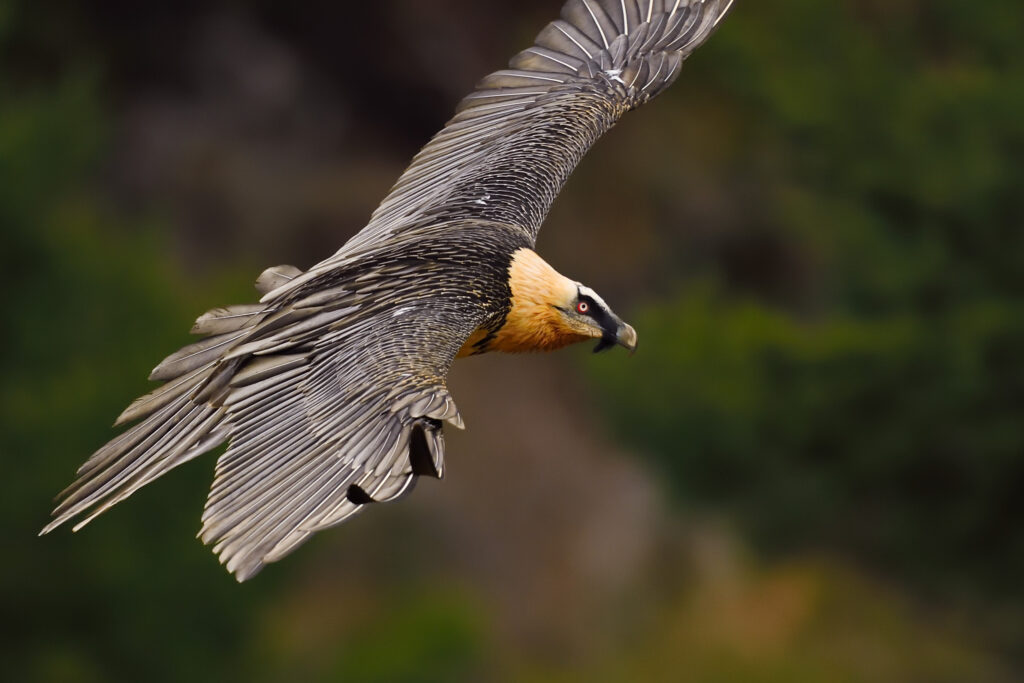
Staffan Widstrand
Supporting bearded vulture restoration
French NGO Vautours en Baronnies relies within the village of Rémuzat, on the sting of the Baronnies Regional Pure Park within the Dauphiné Alps. It was based in 1992 to help the return of vultures to the park and surrounding areas, together with cinereous and bearded vultures. The NGO has simply acquired a 60,000-euro grant from Rewilding Europe’s European Wildlife Comeback Fund, which works to scale up keystone species reintroduction and inhabitants reinforcement throughout Europe. The grant will assist fund the discharge of as much as six bearded vultures via until 2025, contributing to the prices of breeding, transport, gear, and post-release monitoring.
Supported by the European Wildlife Comeback Fund grant, two juvenile bearded vultures have simply been translocated to the Baronnies, having been sourced from the Vulture Conservation Basis (VCF). The VCF collaborates with over 40 zoos and breeding centres to coordinate captive breeding of the species. The birds which have simply been launched have been born in Austria’s Haringsee breeding centre and Ostrava Zoo within the Czech Republic.

Emmanuel Rondeau
In direction of breeding success
The Vautours en Baronnies group use the well-established “hacking” methodology to launch captive-bred bearded vultures into the wild, which replicates the way in which younger birds would naturally fledge. The birds are positioned in synthetic nests on cliffs within the reintroduction space, in locations the place wild nests is perhaps constructed. The group then feed and observe the progress of the vultures from a distance, enabling the birds to acclimatise to their surroundings till they’re able to take their first flight, often 20 to 30 days after their preliminary launch.
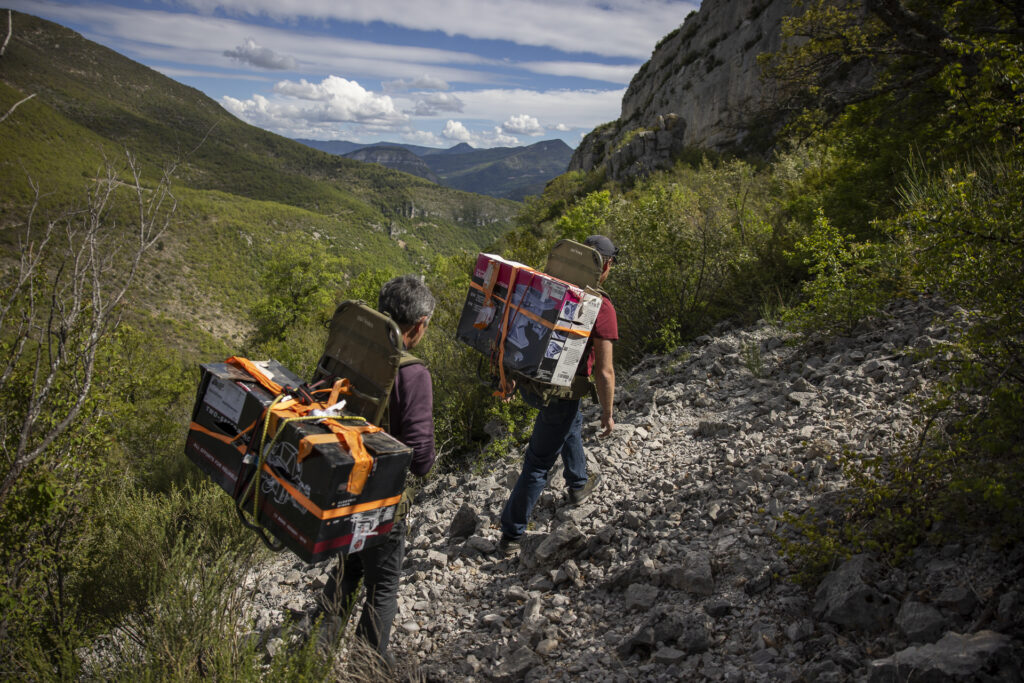
Emmanuel Rondeau
Younger bearded vultures are inclined to journey huge distances as they discover new territory, however as soon as they turn into sexually mature, they sometimes choose areas to breed which are near the place they hatched. The hacking methodology implies that after they come to breed at round eight to 10 years of age, they choose the discharge web site because the place to breed, as a result of they affiliate it with hatching.
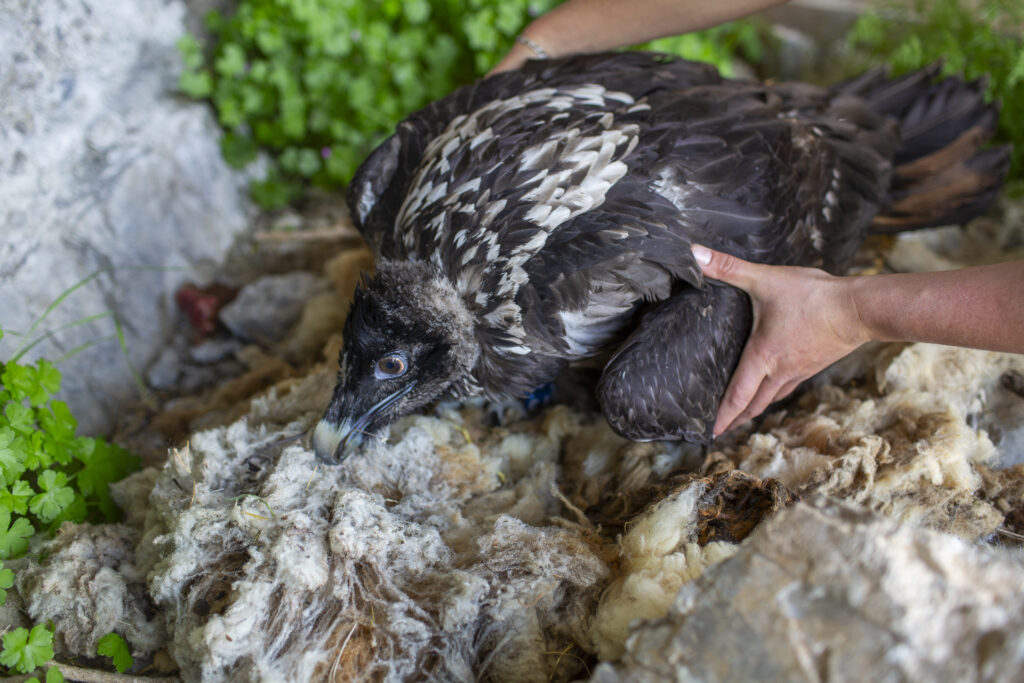
Emmanuel Rondeau
Pioneering success
Vautours en Baronnies have already loved nice success restoring vultures within the Baronnies Regional Pure Park and surrounding space. As we speak, due to reintroduction efforts, that is one in all just some locations in Europe the place all 4 vulture species will be seen hovering via the sky. Because the Alpine area is huge and its general bearded vulture inhabitants nonetheless properly beneath pure ranges, continued efforts to revive particular person populations stay important.
“I’m very proud and excited that the European Wildlife Comeback Fund was in a position to help Vautours en Baronnies of their efforts to revive a full guild of vulture species within the park,” says Rewilding Europe’s Rewilding Supervisor Sophie Monsarrat. “Vultures carry out a significant ecological function, whereas additionally they assist native communities by boosting nature-based tourism.”
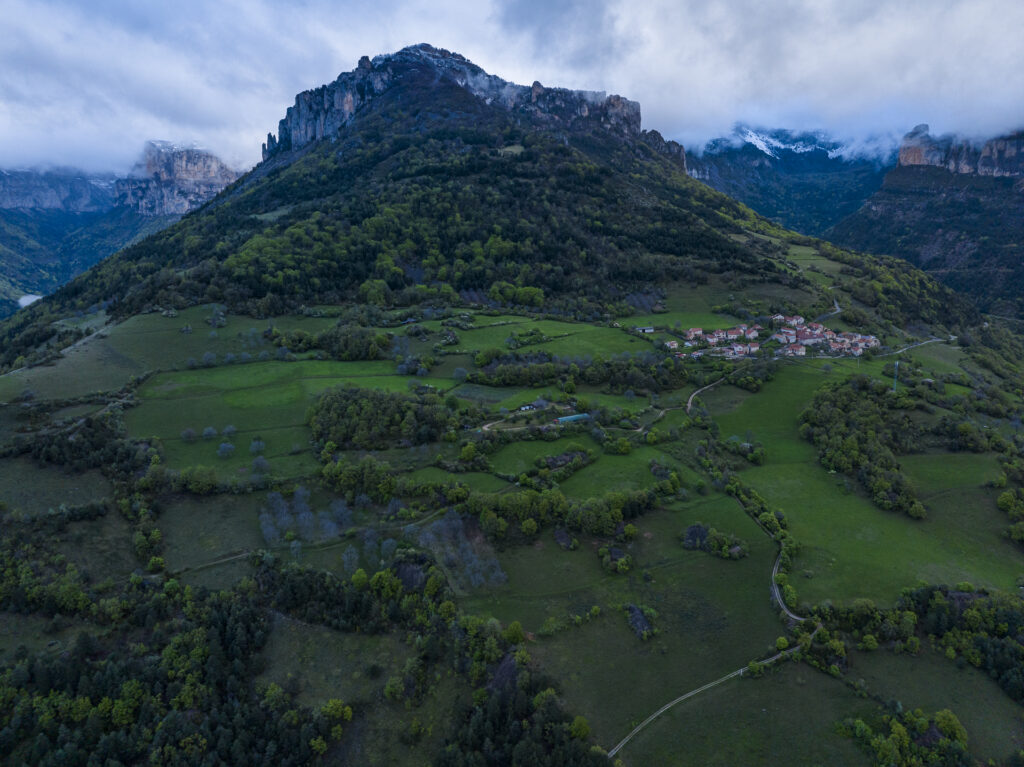
Emmanuel Rondeau
An extended historical past of reintroductions
Vautours en Baronnies have launched a complete of 18 bearded vultures since 2016. A number of of those birds have efficiently bred already – within the Vercors Regional Pure Park round 30 kilometres to the north, the place bearded vultures have been launched since 2010, and within the Écrins Nationwide Park, 100 kilometres to the north-east.
Since 1996, the NGO has additionally launched 61 griffon vultures and a lot of cinereous vultures. As we speak, the park’s colony of greater than 290 griffon vulture pairs is the most important of its form within the Alps, whereas the cinereous vulture inhabitants has grown to 14 breeding pairs and a complete of 40 particular person birds. Final however not least, the return of griffon vultures to the Baronnies Regional Pure Park has supported the return of the Egyptian vulture – Europe’s smallest vulture species – with the bigger griffon vultures serving to to interrupt open carcasses on which the Egyptian vultures can then feed. Egyptian vultures first bred within the Baronnies in 2000, after an absence of 20 years, and in the present day there may be nonetheless one breeding pair current.
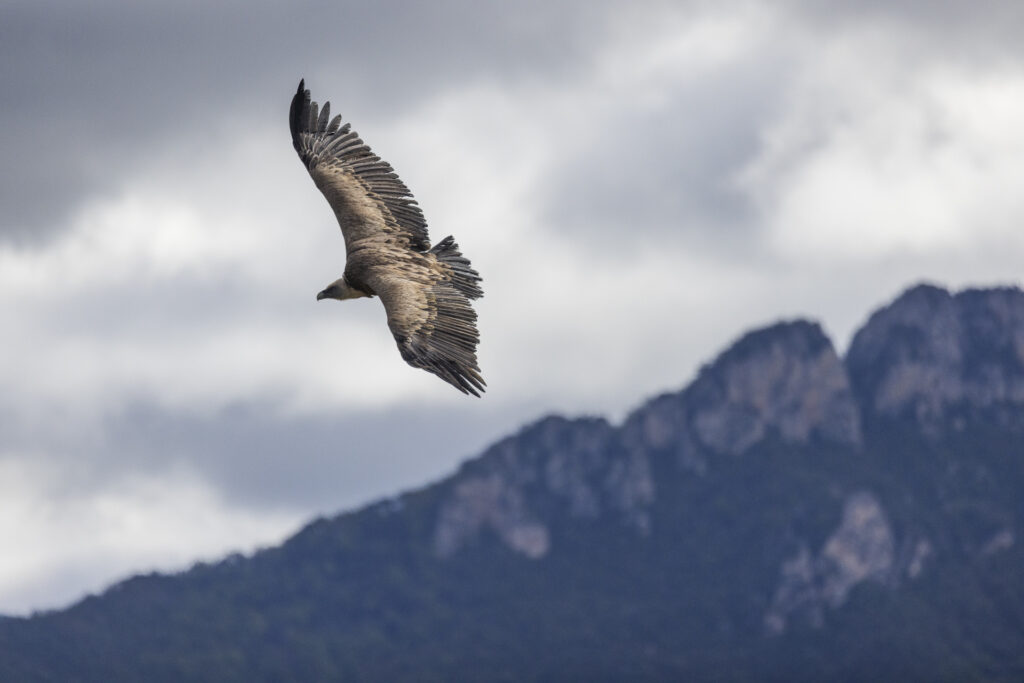
Emmanuel Rondeau
The larger image
The efforts of Vautours en Baronnies to revive the bearded vulture inhabitants in Baronnies Regional Pure Park are a part of the multi-partner, European Fee-funded LIFE Gyp’Act initiative, which is coordinated by the French Birdlife associate, Ligue pour la Safety des Oiseaux. This goals to consolidate the bearded vulture inhabitants in southeast France, strengthening the connection between the Pyrenean and Alpine populations. With so few birds presently within the wild in comparison with historic numbers, the bearded vulture gene pool continues to be dangerously restricted, which implies enhancing inhabitants connectivity is crucial.
“Our bearded vulture reintroduction programme has two major targets,” explains Julien Traversier, coordinator of the programme at Vautours en Baronnies. “We need to create a brand new breeding inhabitants of the species within the Dauphiné Alps. And we additionally need to create a stepping stone between the prevailing inhabitants within the Pyrenees, and the recovering inhabitants within the Alps, which presently has 60 to 70 breeding pairs. Our efforts have considerably diminished the space between colonies.”
In whole, 4 to eight bearded vultures are launched yearly within the Alps – within the Baronnies, Vercors, Switzerland, and southern Germany. Reintroduction programmes are additionally underway in Corsica and Spain. There are additionally plans to reintroduce the species in Bulgaria. In whole, between 20 and 25 birds are presently launched yearly throughout Europe.
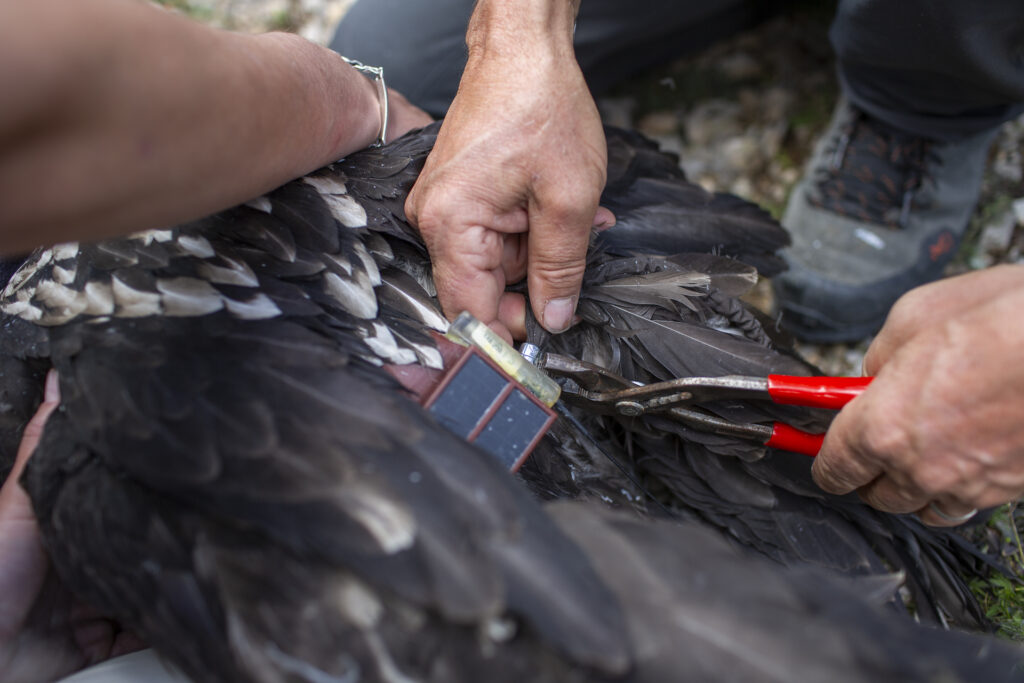
Emmanuel Rondeau
An iconic species
The bearded vulture is an unmistakable chook, each for its breathtaking options and its distinctive behaviour. With a wingspan of as much as 2.85 metres, these spectacular vultures are one in all Europe’s largest birds of prey. They dwell primarily in mountainous areas above the tree line, constructing their nests in rocky crevices. As they mature, their all-brown plumage step by step turns white alongside the top, neck, and chest. For causes biologists nonetheless don’t perceive, grownup bearded vultures dye themselves a reddish orange by taking dips in naturally occurring, iron oxide-rich waters.
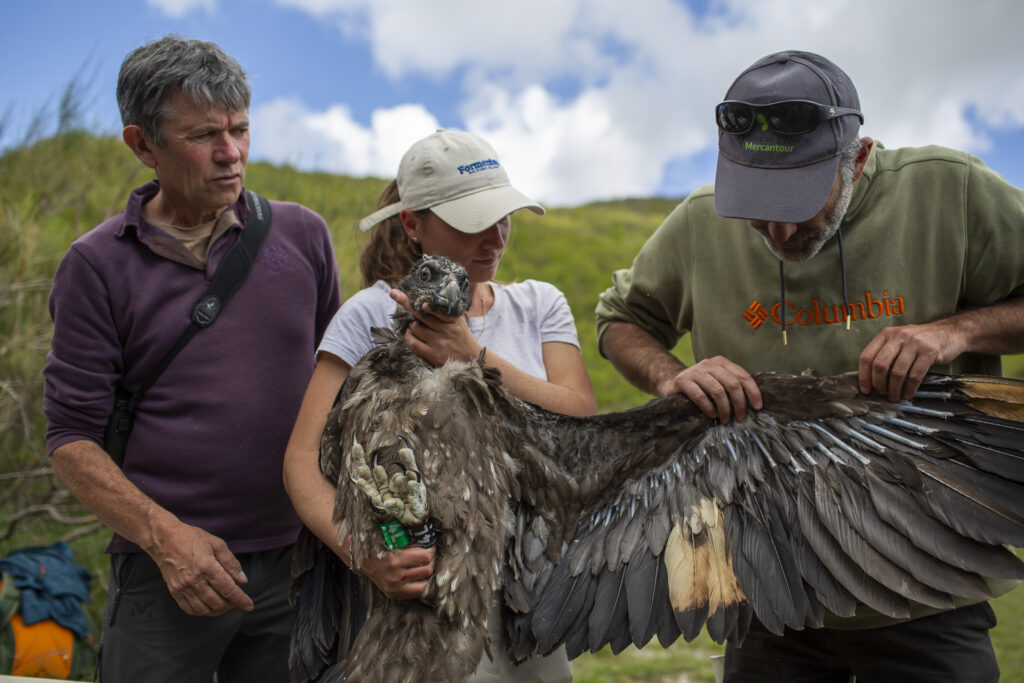
Emmanuel Rondeau
Not like different carrion-eating vultures, the bearded vulture feeds totally on bones, which its notably sturdy abdomen acid allows it to digest. Performing in partnership with different vulture species, they due to this fact assist to fully eliminate carcasses. If the bearded vulture comes throughout a bone too massive to crack with its beak, it takes the bone in its talons and drops it from an excellent top onto rocks or stones, smashing it into bite-sized items.
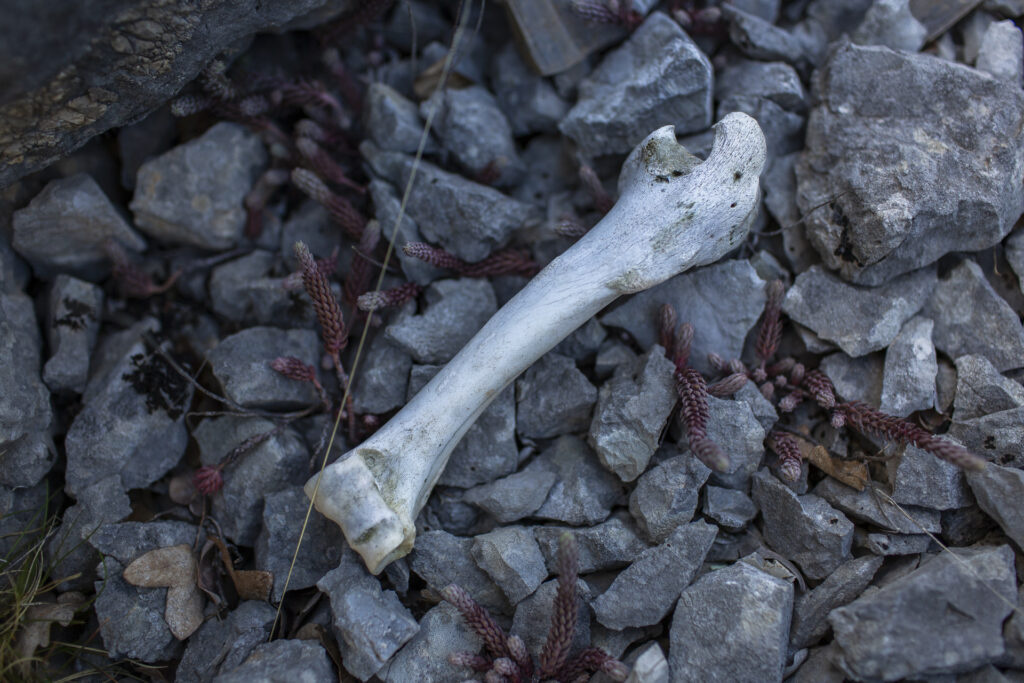
Emmanuel Rondeau
Let’s rewild collectively

The agile setup of the European Wildlife Comeback Fund is designed to help wildlife comeback in a handy and versatile manner. Rewilding Europe invitations different initiatives working to reintroduce keystone species in European landscapes to think about making use of for a grant.
These fascinated about contributing to wildlife restoration in Europe can help wildlife comeback with a web based donation. For those who’d like to take a position greater than 50,000 euros within the European Wildlife Comeback Fund, we’d like to get in contact with you personally.


















